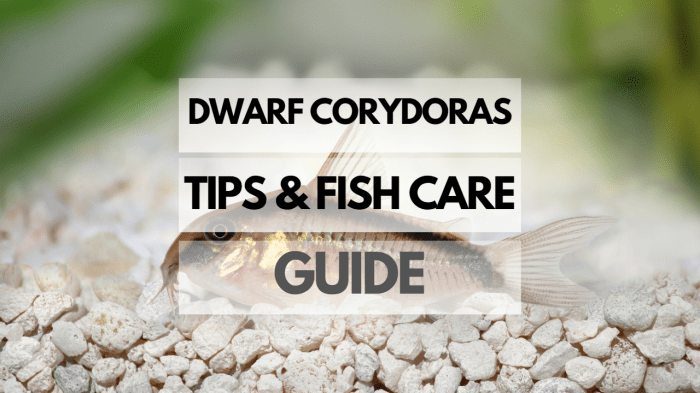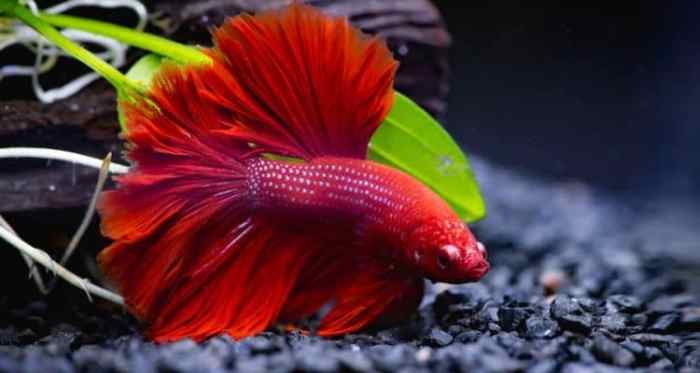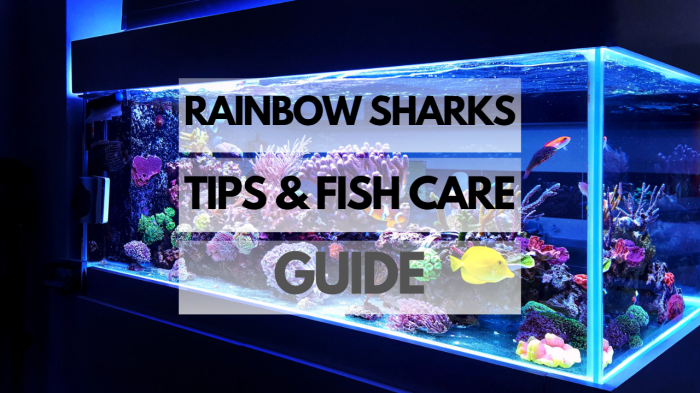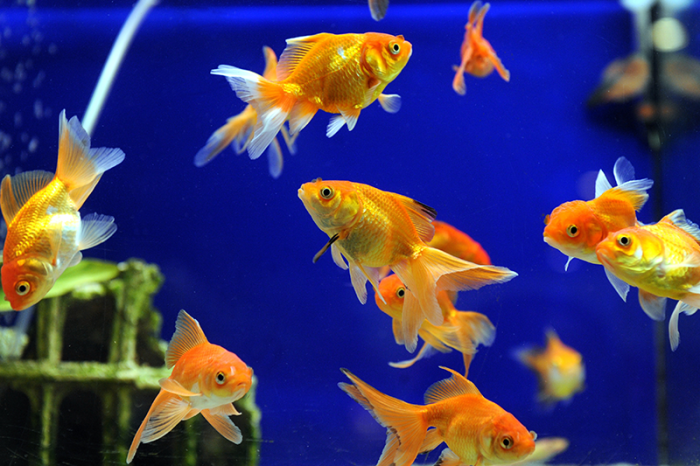Embark on a journey to master the art of fish care with our guide on How to Care for Fish: 7 Tips for Keeping Your Fish Healthy. Dive into the world of proper tank setup, feeding practices, and monitoring fish health for a fulfilling aquatic experience.
Learn how to create an ideal environment for your aquatic friends and ensure their well-being with expert advice and practical tips.
Importance of Proper Tank Setup

Proper tank setup is crucial for the health and well-being of your fish. It provides them with a suitable environment that mimics their natural habitat, reducing stress and promoting overall health.
Ideal Tank Size for Different Fish Species
Different fish species have varying space requirements based on their size and behavior. Here are some general guidelines:
- Small fish like bettas typically need a minimum of 5 gallons.
- Medium-sized fish such as tetras or guppies thrive in tanks around 10-20 gallons.
- Larger fish like goldfish or cichlids require even larger tanks, ideally 30 gallons or more.
Importance of Water Filtration and Aeration
Proper water filtration is essential to remove waste and toxins, ensuring a clean and healthy environment for your fish. Aeration helps oxygenate the water, vital for the respiration of your fish.
Investing in a quality filter and air pump is key to maintaining water quality.
Maintaining Proper Water Temperature and pH Levels
Maintaining stable water temperature and pH levels is crucial for the overall health of your fish.
- Most tropical fish thrive in temperatures between 75-80°F.
- Monitor pH levels to keep them within the range suitable for your specific fish species.
Suitable Tank Decorations and Hiding Spots for Fish
Tank decorations not only enhance the aesthetic appeal of your aquarium but also provide hiding spots and shelter for your fish.
- Live plants not only look beautiful but also help maintain water quality.
- Caves, driftwood, and rocks create hiding spots for fish to reduce stress.
Feeding Practices for Healthy Fish

Proper feeding is essential for keeping your fish healthy and thriving. Here are some tips to ensure your fish get the nutrition they need:
A Balanced Diet for Different Types of Fish
It’s important to research the dietary needs of the specific type of fish you have. Some fish may require more protein, while others need more plant-based foods. Make sure to provide a variety of food to meet their nutritional requirements.
Importance of Not Overfeeding Fish
Overfeeding can lead to water quality issues in your tank, as uneaten food can decompose and create harmful toxins. Feed your fish small amounts multiple times a day, and remove any uneaten food to prevent overfeeding.
Adjusting Feeding Schedules Based on Fish Behavior
Observe your fish’s feeding behavior to determine the right feeding schedule. Some fish are more active during certain times of the day, so adjust your feeding times accordingly. This will ensure your fish are getting the food they need when they are most active.
Choosing High-Quality Fish Food
Invest in high-quality fish food that is specifically formulated for the type of fish you have. Look for options that contain essential nutrients and vitamins to support your fish’s overall health. Avoid cheap, low-quality food that may not provide the necessary nutrition.
Monitoring Fish Health and Behavior

Observing your fish regularly is essential to ensure their health and well-being. By paying attention to their behavior, you can detect signs of stress or illness early on, allowing you to take necessary action promptly.
Common Fish Diseases and Symptoms
- Ich (White Spot Disease): Symptoms include white spots on the fish’s body, flashing or rubbing against objects, and rapid breathing.
- Fin Rot: Look out for ragged fins, discoloration, and deterioration of the fins.
- Swim Bladder Disorder: Symptoms include fish swimming abnormally, floating uncontrollably, or sinking to the bottom of the tank.
Quarantine Procedures for Sick Fish
- Separate the sick fish from the healthy ones to prevent the spread of disease.
- Provide a separate quarantine tank with clean water and appropriate medication.
- Monitor the sick fish closely and observe any changes in behavior or symptoms.
Maintaining a Clean Tank to Prevent Diseases
- Regularly clean your tank by removing debris, uneaten food, and waste to prevent the buildup of harmful bacteria.
- Perform water changes as needed to maintain optimal water quality and reduce stress on the fish.
- Monitor water parameters such as pH, ammonia, nitrite, and nitrate levels to ensure they are within the recommended range.
Final Summary

Take the plunge into the world of fish care armed with essential knowledge to keep your fish healthy and thriving. With these seven tips, you’ll be well-equipped to provide the best care for your aquatic companions.